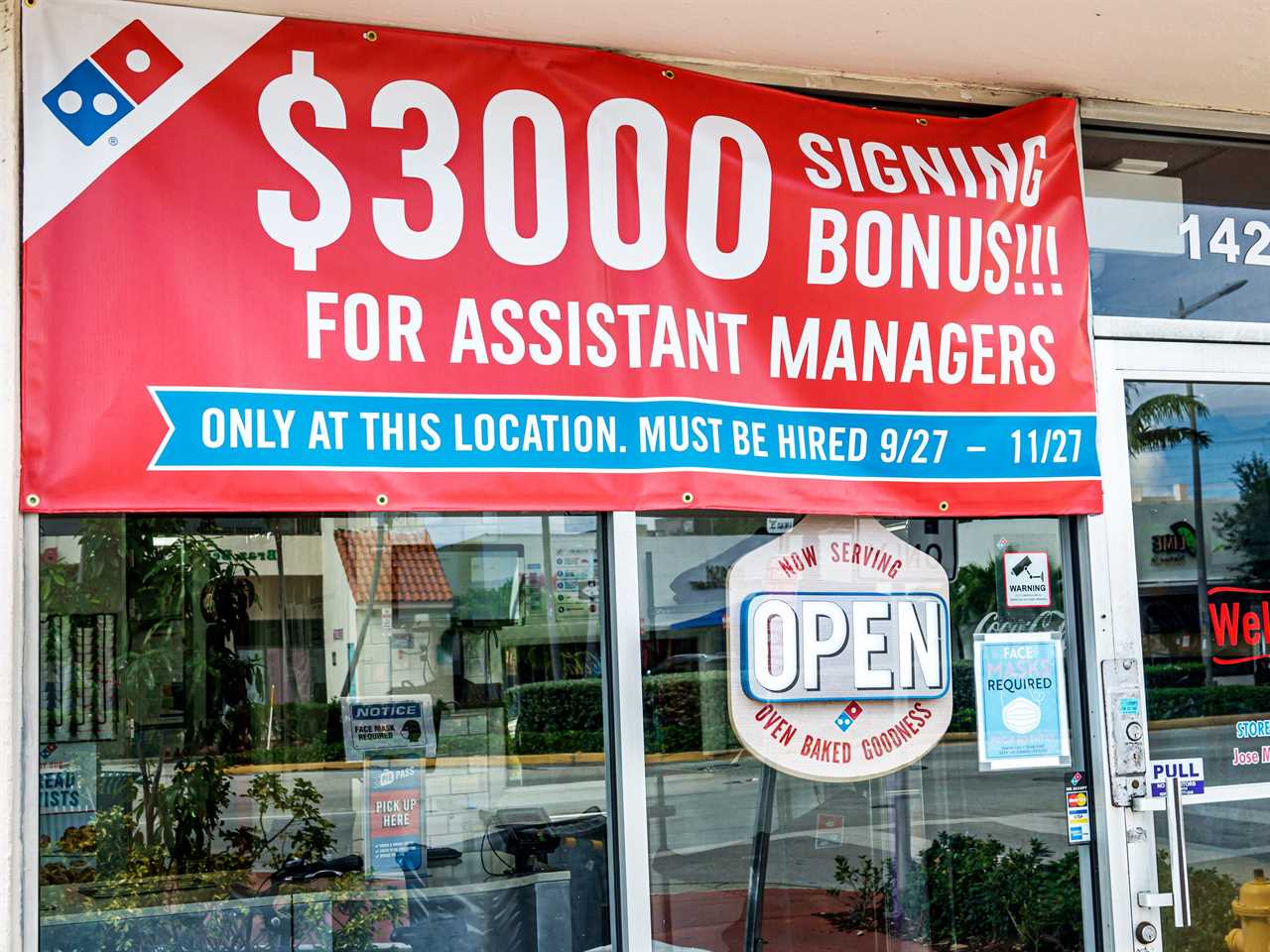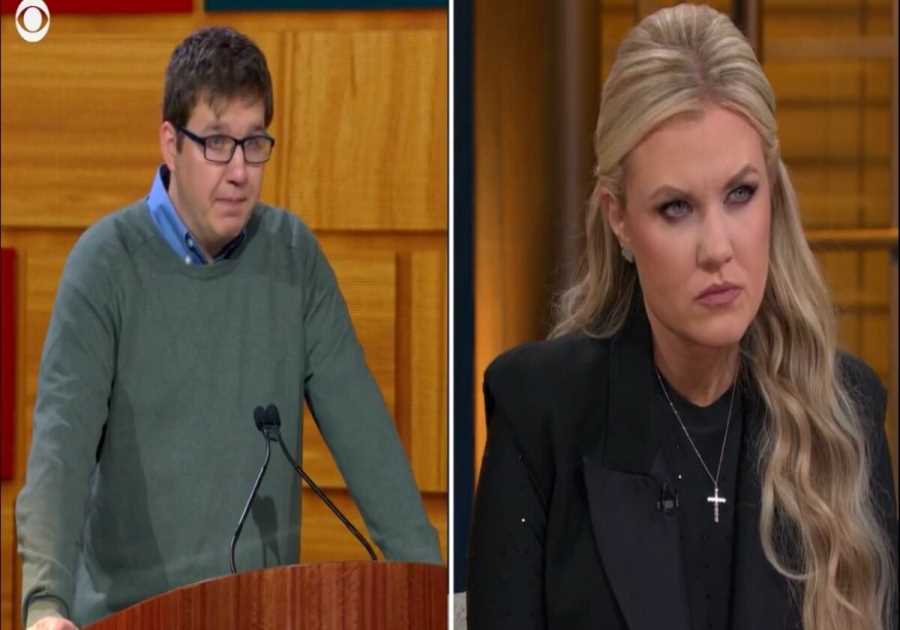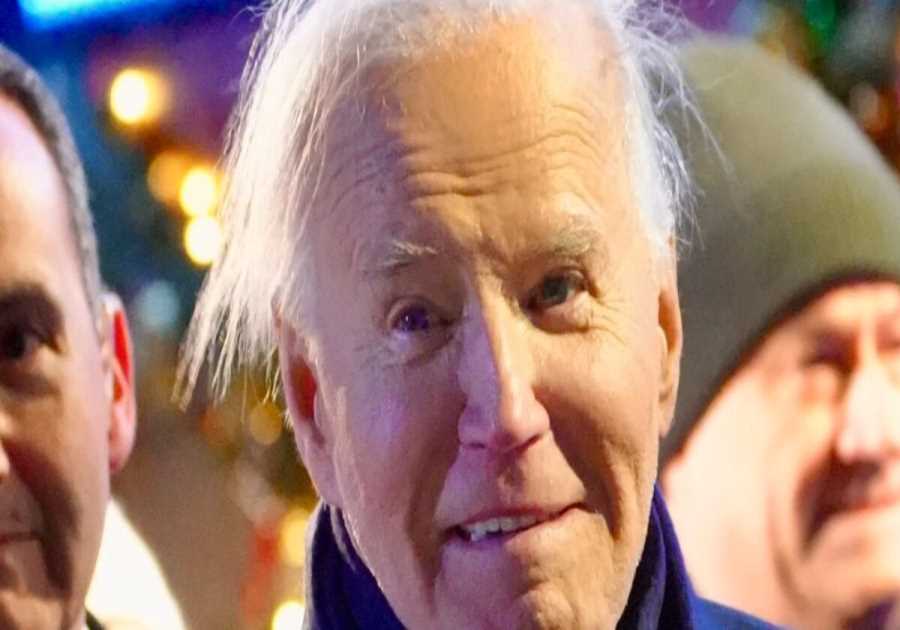
Jeffrey Greenberg/Universal Images Group via Getty Images
- Federal Reserve Chair Jay Powell said that there's a "structural labor shortage" happening right now.
- That's due to early retirement, deaths from COVID, and not enough immigration, according to Powell.
- The structural labor shortage means workers will still hold the upper hand for years.
The big moment in the labor market that was supposed to plug the holes, end labor shortages, and give companies a break from outbidding each other for workers still hasn't come. In fact, it may never come.
Federal Reserve Chair Jay Powell is the latest to chime in on why some businesses are still scrambling to hire, and shortages are abundant. In remarks on the latest interest rate hike, meant to lower spending and bring down inflation, Powell said that there are still just under 4 million fewer people available to work than employers want to hire. Part of the Fed's aim is to cool skyrocketing wages, which can power inflation — but employers are still offering more in attempts to get workers.
"It feels like we have a structural labor shortage out there," Powell said.
It's not a new thought, but it's one that's become increasingly held as the short-term — and potentially long-term — labor market continues to be extremely tight. It's why workers are likely to hold power for years, with most not seeing their jobs in jeopardy. While some firms are seeing layoffs, they're still not widespread. The new reality of the labor market is still a near-record level number of workers quitting each month, and a plethora of open jobs for them to land in. Labor market data shows that plenty of them are getting hired.
At the same time, labor force participation, which measures how many workers are working or actively looking for work, seems stuck below pre-pandemic levels.
"Despite very high wages and an incredibly tight labor market, we don't see participation moving up, which is contrary to what we thought," Powell said.
The structural lack of workers that Powell identifies is due to factors that aren't easily rectified. Some of it, he said, is due to "accelerated retirements." Many older workers took the pandemic as an opportunity to call it quits earlier than expected, with Goldman Sachs estimating that 2.5 million people retired during the pandemic — 1.5 million of them early — and they likely won't come back. Some employers have been trying to lure in "unretirees," and hire from some of the country's 47 million retirees.
And, as Powell notes, the pandemic also exacted a tragic human toll, one felt far beyond the workplace: "Close to half a million who would have been working died from COVID."
At the same time, with a retiring and smaller workforce, newer workers aren't flooding into the country. In November 2021, Insider calculated that 2 million out of the market's 3 million missing workers are immigrants who never came over due to Trump-era immigration policies and disruptions from the pandemic. As the Washington Post reports, there's been more immigration in recent months, but is still well below pre-Trump levels. Giovanni Peri, the director of the Global Migration Center at the University of California at Davis, told the Post that the US might still be missing 1.7 million immigrants.
"If you ask businesses, you know, pretty much everybody you talk to says there aren't enough people," Powell said. "We need more people."
Read More
By: [email protected] (Juliana Kaplan)
Title: 3 reasons why the US labor shortage may never be solved
Sourced From: www.businessinsider.com/labor-shortages-immigration-retirement-covid-2022-12
Published Date: Fri, 16 Dec 2022 10:00:00 +0000
.png)





